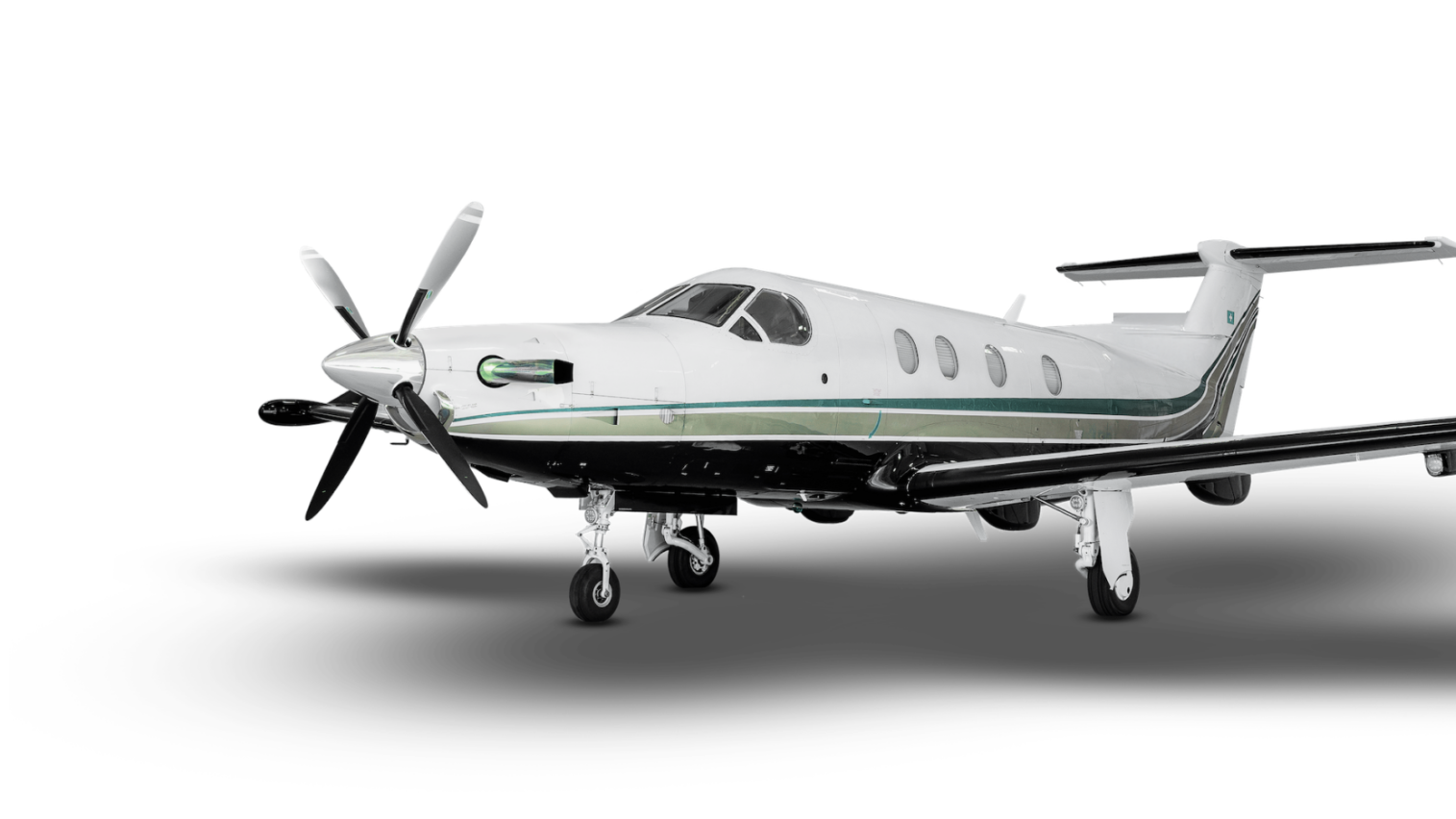
With constraints on new jets for fractionals, and big operators pruning their fleets, preowned fractionals could be ready to bloom.

Fractional ownership, which several years ago was being written off as a dead segment, has enjoyed a renaissance over the past two years. The biggest issue for providers seems to be securing enough new airplanes from manufacturers to meet demand. The solution? The industry could be ripe for a surge in used fractional programs.
Preowned fractional programs are not new.
Flight Options pioneered the concept back in the late 1990s.
Its founder, Kenn Ricci, sold and bought back the company in the early 2000s.
After buying Flexjet in 2013, he wound down the Flight Options brand, converting some owners to Flexjet.
While Flexjet principally sells shares in new jets, its large cabin offering includes preowned aircraft.
After introducing the Challenger 3500 as customers transitioned from their Phenom 300s, Airshare marketed preowned shares in its light jet fleet.
FlyExclusive, which launched a fractional program around new aircraft last year, also sells preowned fractional shares.
However, the preowned segment has mainly been these around-the-edges type situations and local operators.
That could be changing.
Major players such as Wheels Up, Vista Global, FlyExclusive, and others with large fleets are likely to prune those fleets soon.
The reasons vary.
They want to keep up with market demand. The older airplanes may no longer reflect their brand positions. They could be repositioning their programs, and, of course, it raises a bit of cash.
Al Whyte, the respected editor of Corporate Jet Investor, recently gave an interesting take on their business models.
Either way, Wheels Up and Vista (which acquired the Citation Xs and older Challenger 300s via its purchase of XOJet in 2018) likely have more Citation Xs than they want.
Both are still popular airplanes with flyers for their speed and transcontinental range.
Other segments of their fleets could be sold off in part to a strategic buyer, such as Wheels Up’s King Airs or some of Vistajet’s older Globals and Challenger 300s.
FlyExclusive said last year it is retiring its Encore light jet fleet.
These types of transactions could serve both seller and buyer well, even though, on the surface, it appears the seller is arming a potential competitor.
The sellers generate revenue and protect fleet value by not glutting the market with a bunch of similar airplanes at the same time.
If they need, sellers can secure access to their former aircraft during a transition via GRP, an industry lingo for a guaranteed revenue program.
Under these deals, the fleet buyer would guarantee access to the seller for its program customers as needed. The new owner gets guaranteed charter revenue while recouping the acquisition cost by reselling the fractionalized aircraft.
The fleet buyer makes money by reselling the shares to fractional owners.
Buying and selling aircraft is a key way fractionals make money.
What’s more, many customers have multiple programmatic solutions.
For example, a large chunk of fractional share owners also have jet cards for supplemental needs.
In terms of one fleet operator selling to another, it has been done before.
Dumont Aviation bought nearly two dozen Dassault Falcon 2000s that NetJets was retiring.
They painted them and put in nice interiors. They then used them to support a jet card program and recaptured acquisition costs via preowned fractional sales.
It’s not clear how well that program worked out.
The partners at Dumont split.
One side formed Fly Alliance. They used the preowned fractional model to quickly build a top 20 operator.
Dumont exited its operator and management business, selling it to Rennia Aviation.
In 2021, NetJets said it was providing around 20 aircraft, including Gulfstream G450s, to China’s Amber Aviation, which planned to, like Dumont, sell shares in the used aircraft.
Besides Flight Options, there are current proof cases for the preowned fractional fleet model.
Skyshare, formerly CB Skyshare, has been doing it since 2017.
Northern Jet, which merged last year with Speedbird, has long sold preowned fractional shares.
Both are regionally focused, Skyshare in the West and Northern Jet in the Eastern U.S.
AirSprint in Canada sells both preowned and new fractional shares.
What’s more, Ricci recently told me the decision to sunset Flight Options was related to other considerations, not a verdict on preowned fractionals.
Several operators are expected to launch first-time fractional programs using the pre-owned model in the near future.
These floating fleet operators see it as a way to grow.
Sales of preowned fractional shares fund acquiring more airplanes beyond their current fleets of owned, leased, or managed aircraft.
It could also be a model for current fractional players to supplement their portfolios.
Last year, NetJets signed letters of intent with Embraer and Textron Aviation.
If fulfilled, the industry’s most dominant player will take up to 1,750 new private jets.
That could make it more difficult for others to build scalable fractional fleets relying solely on OEMs.
The preowned fractional pitch is targeted at value buyers.
In selling used shares, the pitch to consumers is that these aircraft are already highly depreciated.
You still get potential tax benefits of ownership.
You fly at prices that are 30-to-40% less than a new jet.
The sellers also point out that fractionals keep aircraft for 10 to 20 years.
The fractionals use aircraft retired from their fractional programs well.
They are used to sell jet cards as well as for the wholesale charter market. They also support core fleets and upgrades that fulfill guaranteed availability contracts.
Part of the fractional model means fleet access, so you may never fly on the actual tail you own a share on.
READ: Jet It Lessons: What happens when your private jet provider fails?
Listening to a pitch from a nascent provider about the benefits of preowned fractional on Friday, what’s clear is for buyers, like everything in private aviation, the rose has thorns.
Each preowned aircraft is priced differently instead of having a vintage or annual fleet price.
Impacting sale prices are age, flight hours, how recently major work has been done, how soon big overhauls will be needed, and so forth.
A used car from Hertz has a different value than one that was only driven down to the local supermarket for the past 10 years.
There will also be more pressure on the operators if the preowned fractional contracts guarantee availability.
Older aircraft, particularly those no longer in production, could be grounded for longer stretches if replacement parts aren’t readily available.
It’s also likely some of the flight rules will be different than what fractional customers are used to when buying from the big providers.
Terms like peak days, availability guarantees, primary service areas, and callouts will probably be stricter.
How many hours you get per year based on your share could also be different from the traditional model.
In one program I reviewed, buying a full share gives you 100 flight hours per year. A half share gives you 35 flying hours annually.
In the traditional model, that would mean 400 or 800 hours of flying per year, respectively.
That all has to be factored into your hourly rate.
So, while your inbox may soon be deluged with offers for preowned fractional jets, what’s clear is the devil is in the details.